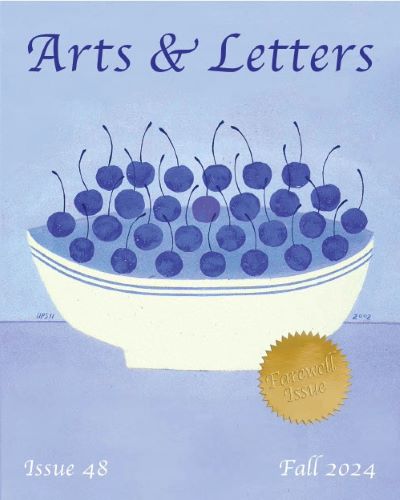Fiction Fix – 2012
Issue 11
Spring 2012
Biannual 
Kirsten McIlvenna
Fiction Fix offers a large issue (so please forgive my not-so-mini review) filled with many different types of fiction. Some are more traditional stories, while others offer their messages by incorporating images and drawings.
Fiction Fix offers a large issue (so please forgive my not-so-mini review) filled with many different types of fiction. Some are more traditional stories, while others offer their messages by incorporating images and drawings.
In “Baby Wants” by Scott David, the story starts out with a pregnant woman sending her husband to the store for s’mores, because that’s what the “baby wants.” It is obvious that she is trying to deal with her hormones and is using the baby as an excuse. This becomes more and more clear that it is about what she wants, not what the baby wants, in passages such as this:
The baby wants a mother as pretty as the model in the photograph: the flawless mother that doesn’t look as if she has earned her pregnancy, who has perfect skin, and no swelling, no cramping, and hardly any incontinence, bleeding gums, joint pain, or high blood pressure. A mother who will give birth to little flawless model children who will stroll out of the delivery room like they were on the goddamn catwalk.
“A Transcript from Several Recordings” by William Northrup is somewhat related to David’s piece as these transcripts come from a sick, soon-to-be father. He talks on these recordings to his future son, because he can’t talk to anyone else. While some of it is advice, his words reveal who he is as a person and show his struggles. Yet, through his struggles, he is able to be still and enjoy the beauty of earth:
I never had the kind of patience it took to do this, but now it’s all I want to do. Our dog stares out these doors with me. I never got it. There never seemed to be anything worth looking at, and I’d watch him looking out the doors. I always took it as a sign of Man’s superiority—that such boring things didn’t interest us. But, all that was delusional thinking. It all has to do with focus. What fascinates our dog should be fascinating to all of us. Really, it’s weakness that makes an onscreen car explosion more interesting to us than the ways leaves fall. . . . What I hadn’t realized was that even the slower pace I moved at was still way too fast. You really are going to have to find some time when you can just stop doing anything. It’s amazing. I could stare out that window all day.
“The Retention Device” by Emily Zasada is a somewhat different reading experience. At first it seems like another story with a character trapped at a corporate job that she doesn’t like, where the light bulbs don’t work, the carpet smells like mold, and the desk drawers don’t open properly. But, on a trip to the pharmacy in her building, the narrator finds herself in the top of the building where she observes her coworkers “suspended from the ceiling: bodies lifelessly hanging, rotating slowly in a long wide oval far above the ground.” But, they are not dead; they are sleeping. She soon finds herself signing a non-disclosure form to participate. Caught between wanting to talk about this magical experience and feeling like she can’t (she, after all, is not supposed to), she also struggles with her relationship with her friend Miles.
“Living in Dark Houses” by Joe Ponepinto takes another directional turn. It has a more serious subject matter. Opening with a short description of how a boy named Michael walks into the living room, shoots his abusive father, then goes to prison, the story then picks up as Michael is released and returns to school with the narrator, who can relate with having an abusive father. The narrator’s father even keeps a list of all people that have done him wrong, a list of people he wishes revenge upon.
I wondered sometimes why my name, and my mother’s and sister’s were not on his list, since we had offended him more than anyone. Maybe he had another list stashed away for us. I would have liked to see it, to see if it included our offenses. I’d have liked to know just what, exactly, he had against us.
The story leads up to the narrator connecting with Michael and asking for his advice and help. You’ll be intrigued with the ending—it’s not what you expect.
Then there’s Nathan Holic’s “My Life in Gadgets,” in which Holic conveys his message in the form of a graphic narrative. David and Petra Press contribute “Postcards from the Hecatomb,” an epistolary tale that includes images of the postcards. And, of course, there is more too.
As the title of the magazine implies, this is certainly a place to get your fiction fix. There is simply lots to read and lots of variety. So take an hour, or two, or three, and read this magazine; you’ll love it.
[www.fictionfix.net]




